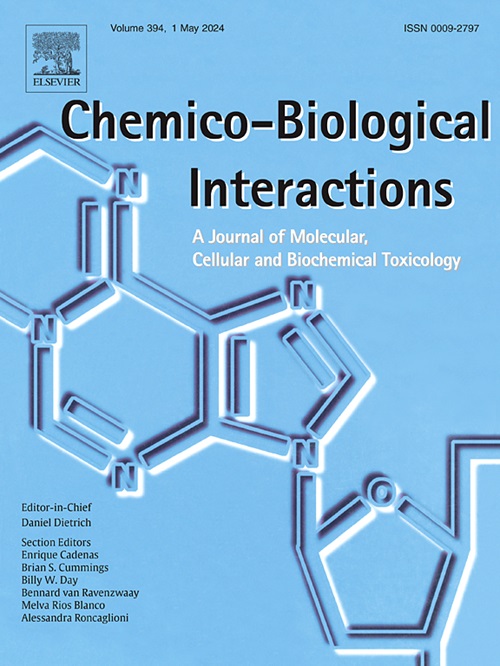Uremic toxin indoxyl sulfate induces the imbalance of cellular iron metabolism and oxidative stress to interfere with myogenesis in myoblasts
IF 4.7
2区 医学
Q1 BIOCHEMISTRY & MOLECULAR BIOLOGY
引用次数: 0
Abstract
Chronic kidney disease (CKD) leads to the accumulation of uremic toxins such as indoxyl sulfate (IS), which has been linked to myopathy. Iron is essential for muscle growth and differentiation, with ferrous iron (Fe2+) contributing to intracellular oxidative stress. Although IS known to affect muscle differentiation and regeneration, the underlying mechanisms remain poorly understood. Both iron overload and deficiency can negatively impact muscle growth. We hypothesized that IS impairs myoblast differentiation by disrupting the balance between intracellular oxidative stress and iron metabolism. To test this, we exposed C2C12 myoblasts and primary human skeletal muscle myoblasts to IS during the proliferation phase and maintained IS exposure throughout the differentiation process. IS treatment reduced both intracellular reactive oxygen species (ROS) and free Fe2+ levels during differentiation. It also altered intracellular iron metabolism and upregulated the gene expression and activity of antioxidant-related enzymes, maintaining the cells in a high-antioxidant state and establishing a new oxidative balance. Unexpectedly, Fe2+ (FeSO4) supplementation, with or without IS, significantly increased ROS levels and further exacerbated the inhibition of myoblast differentiation induced by IS, suggesting that cellular redox homeostasis was disrupted. These findings reveal that IS induces an imbalance in cellular iron metabolism and oxidative stress, providing new insights into an alternative mechanism by which IS inhibits muscle differentiation and regeneration.
尿毒症毒素硫酸吲哚酚诱导细胞铁代谢失衡和氧化应激干扰成肌细胞的肌生成。
慢性肾脏疾病(CKD)导致尿毒症毒素如硫酸吲哚酚(IS)的积累,这与肌病有关。铁对肌肉生长和分化至关重要,亚铁(Fe2+)有助于细胞内氧化应激。虽然已知IS影响肌肉分化和再生,但其潜在机制仍然知之甚少。铁超载和缺铁都会对肌肉生长产生负面影响。我们假设IS通过破坏细胞内氧化应激和铁代谢之间的平衡来损害成肌细胞分化。为了验证这一点,我们在增殖阶段将C2C12成肌细胞和原代人骨骼肌成肌细胞暴露于IS中,并在整个分化过程中保持IS暴露。在分化过程中,IS处理降低了细胞内活性氧(ROS)和游离Fe2+水平。它还改变细胞内铁代谢,上调抗氧化相关酶的基因表达和活性,维持细胞处于高抗氧化状态,建立新的氧化平衡。出乎意料的是,无论是否添加IS, Fe2+ (FeSO4)都显著增加了ROS水平,并进一步加剧了IS诱导的成肌细胞分化抑制,表明细胞氧化还原稳态被破坏。这些发现揭示了IS诱导细胞铁代谢和氧化应激的不平衡,为IS抑制肌肉分化和再生的另一种机制提供了新的见解。
本文章由计算机程序翻译,如有差异,请以英文原文为准。
求助全文
约1分钟内获得全文
求助全文
来源期刊
CiteScore
7.70
自引率
3.90%
发文量
410
审稿时长
36 days
期刊介绍:
Chemico-Biological Interactions publishes research reports and review articles that examine the molecular, cellular, and/or biochemical basis of toxicologically relevant outcomes. Special emphasis is placed on toxicological mechanisms associated with interactions between chemicals and biological systems. Outcomes may include all traditional endpoints caused by synthetic or naturally occurring chemicals, both in vivo and in vitro. Endpoints of interest include, but are not limited to carcinogenesis, mutagenesis, respiratory toxicology, neurotoxicology, reproductive and developmental toxicology, and immunotoxicology.

 求助内容:
求助内容: 应助结果提醒方式:
应助结果提醒方式:


